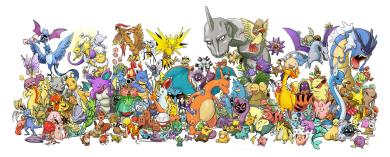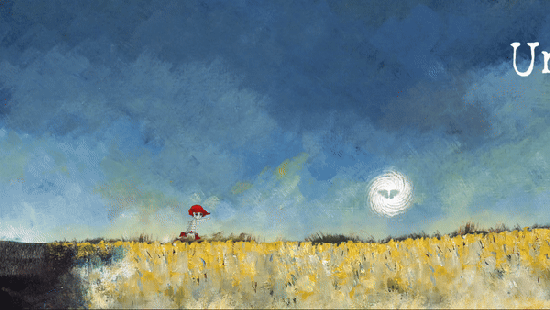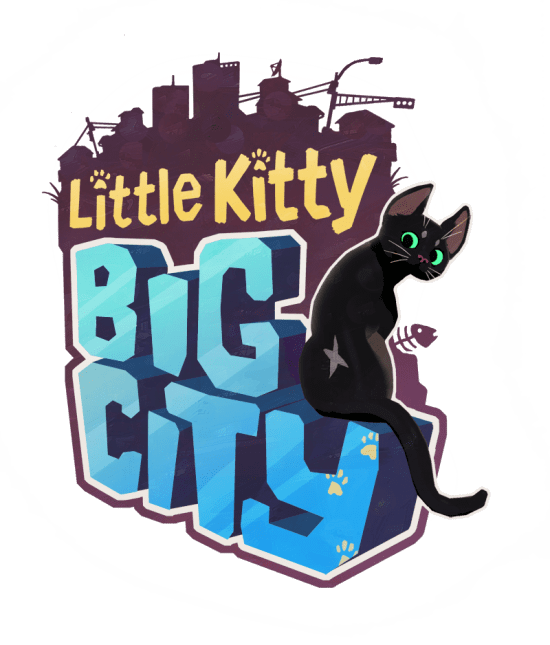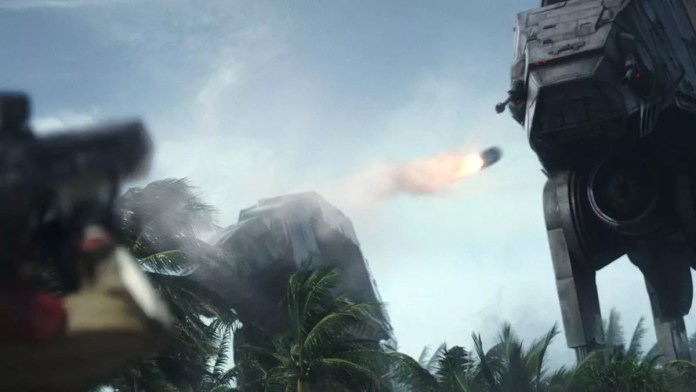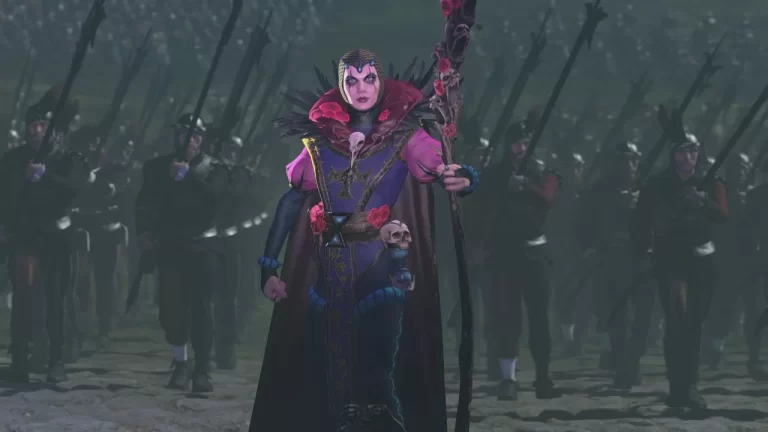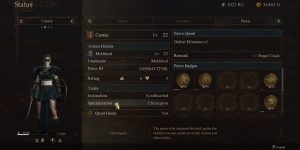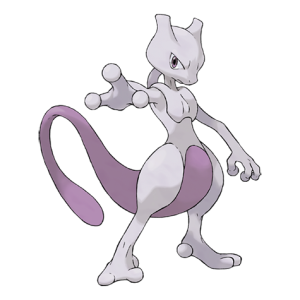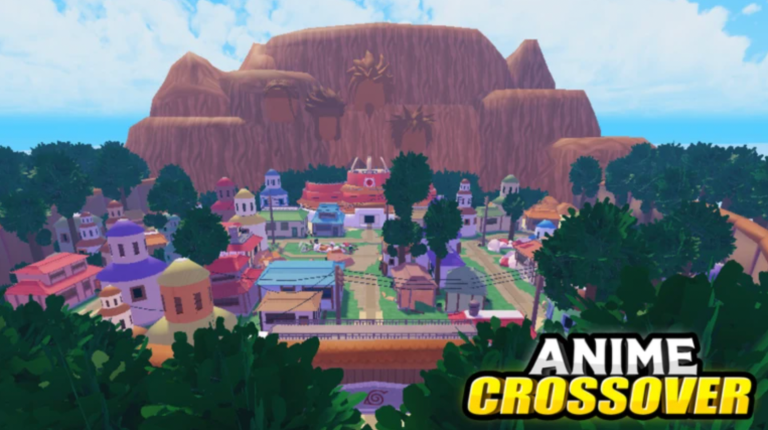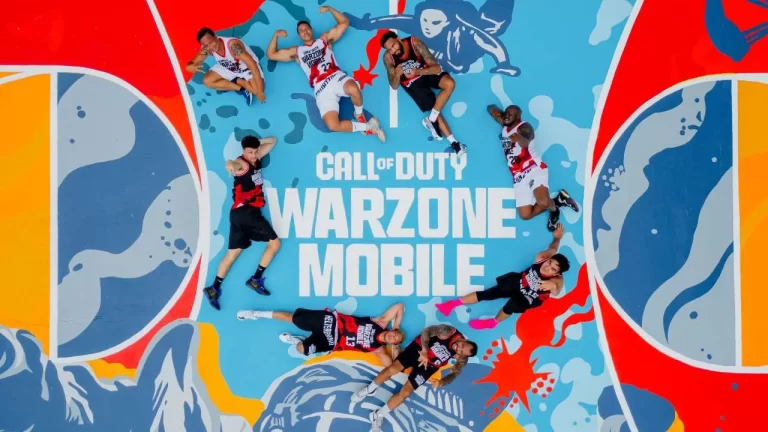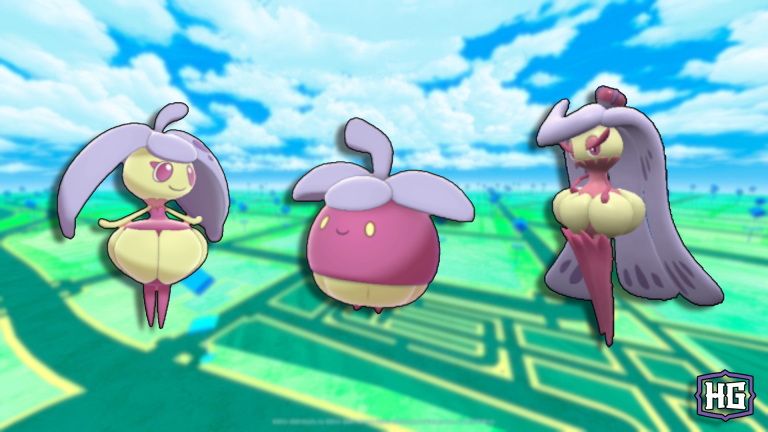Listen to this Article: 🔊 Listen to this
7.5/10
Summary
Overall , Unleaving is a unique game with an amazing visual display of handpainted frames to make a abstract story. While the puzzle design is good , the puzzles difficulty level might make players quit the game early in frustration.
Developer – orangutan matter
Publisher – orangutan matter
Platforms – PC (Reviewed)
Review copy given by Developer
What happens when you make every frame hand-painted, seamlessly integrating pencil and graphite puzzle elements, and make a game about a hopeless child that is awakened by the whispers of the last leaf, drawn into an imaginary world?
You get Unleaving, a game that invites the player into a narrative-driven puzzle platformer where each challenge unfolds within a hand-painted landscape, exploring perception and meaning, as well as visuals that come to life through traditional painting animation.
Unleaving is a metaphorical game crafted through illustrations and puzzles context. where each chapter is based on a specific theme that guides the mood, emotion, and story and, by extension, influences the colors and style.
Unleaving takes its title from, Gerard Manley Hopkins’ poem: ‘Spring and Fall: To a Young Child.’, a poem that opens with the lines: ‘Márgarét, áre you gríeving Over Goldengrove unleaving?’
In Hopkins’ words, as the seasons change, ‘Goldengrove’ loses its leaves, which is a metaphor for the transient nature of life.

The best way to explain the gameplay of Unleaving is to think of side-scroller puzzle platformers, similar to Limbo or Little Nightmares, but about the growing of age, as mentioned by the developers, the game is influenced by the poem by Gerard Manley Hopkins, which is about how the changing of the seasons is just like life, and how a tree losing its leaves as Summer changes to Autumn is like human aging.
The game unfolds with a scene of a young child perched on a cliff, witnessing the poignant spectacle of the final leaf gently descending from a tree, transforming into a moth as it floats down. This opening sets the stage for the player to engage in abstract thinking, delving into the child’s imaginative world brimming with curiosity and adventure. As the player follows the moth’s journey, they are prompted to contemplate the child’s perspective, navigating through the changes and uncertainties of life. Amidst this exploration, a symbolic antagonist emerges in the form of a dog, prompting players to further exercise their abstract thinking to decipher its significance within the narrative.
Immersed in a fantastical realm or perhaps traversing the depths of the protagonist’s memories, the game offers minimal contextual clues, leaving much to the player’s interpretation. Despite the absence of a defined storyline or named protagonist, the game captivates through its ability to craft moments rich in emotion. Through sparse yet poetic writing, the game encourages players to introspect, drawing connections between the unfolding events and their own personal beliefs and experiences. This narrative approach not only sparks contemplation but also fosters a unique and deeply personal engagement with the game’s world and themes.

Well, the hand-painted visuals play a large part in the game and help build the story, the game is very focused on the puzzles, which to 100% be honest, were much harder than I was expecting from the first look of the game. A fair amount of the puzzles rely on specific timing, or placement/movements to complete the puzzle. Thankfully, after dying/failing multiple times at a puzzle, the game does offer you some hints or assistance but doesn’t flat out give you the correct solution.
As mentioned the game requires precise movement and timing , which means a controller, is highly recommended vs keyboard. To also throw a wrench into things, the games physics and animations aren’t perfect, but also aren’t horrible, I would put the reasoning for this into the hand-painted art style, making it hard to code it perfectly, but it does affect the gameplay slightly, and did cause more error’s or deaths, which thankfully the game has a good auto-save system that doesn’t make you loose to much progress.

Finally, when it comes to sound design it’s almost non-existent and not impressive. There’s no voice acting and for long sections, there’s no music, which sure you can argue this gives the focus on getting through the puzzles , and building that abstract thinking that the game relies on, but some more work on sound effects and music would have been nice.
Overall, Unleaving is a unique game with an amazing visual display of handpainted frames to make an abstract story. While the puzzle design is good, the puzzle’s difficulty level might make players quit the game early in frustration.

